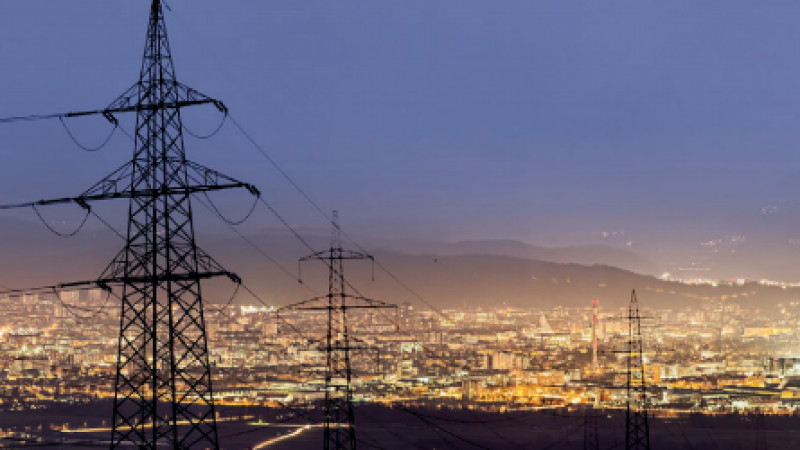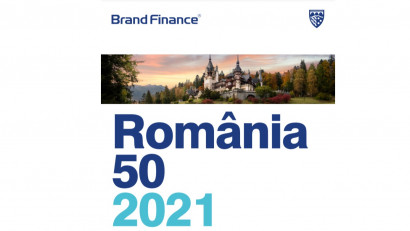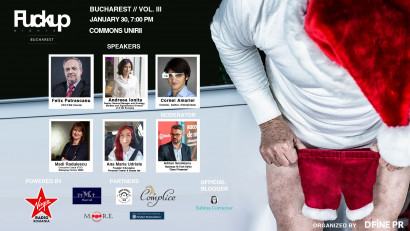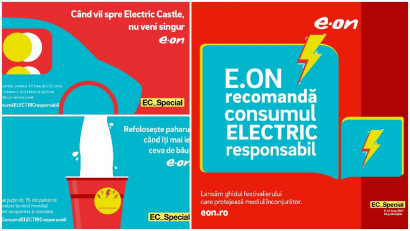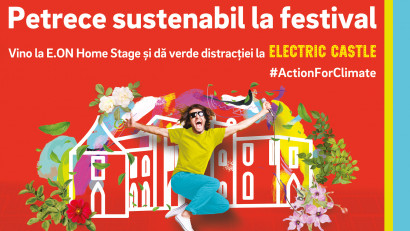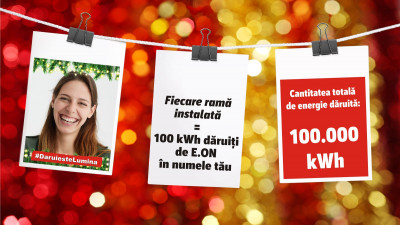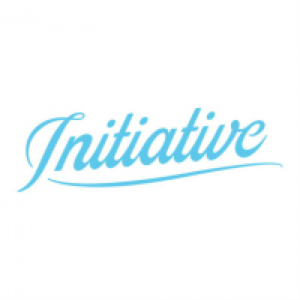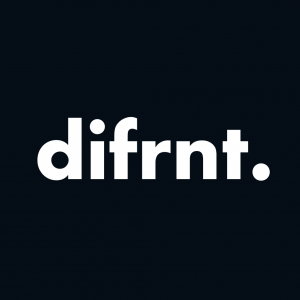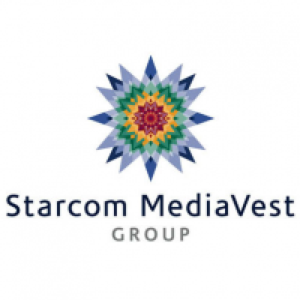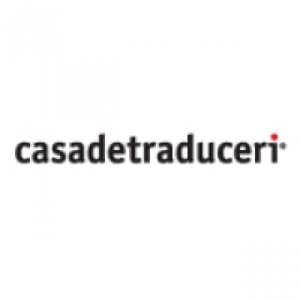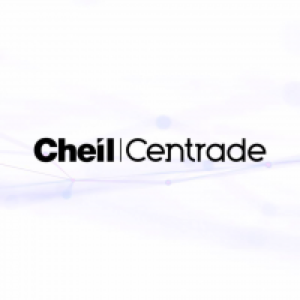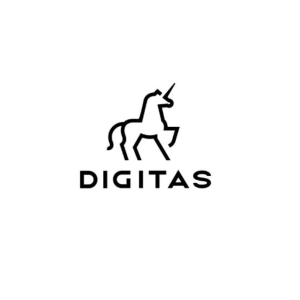- State Grid debuts in utilities brand ranking claiming top spot with a brand value of US$40.9 billion
- Enel emerges as the strongest brand with a brand rating of AAA-
- European utility giants RWE and E.ON reorganise their brand architecture with a shift to renewable energy
State Grid, the electric utility giant from China, has made a commanding entrance to the Brand Finance Utilities 50 league table. With a brand value of US$40.9 billion, over four times more than France’s EDF, it is by far the most valuable uitlity brand in the world. The company’s service covers the majority of China’s land area, with a population of more than 1.1 billion. The brand’s success is supported through strategic investment, innovative technology, responsible operations, and environmental stability efforts. State Grid is committed to an electrification revolution in China that would connect all networks across the country. The brand is known for investing in ‘Smart Grid’ electrical systems using Ultra High Voltage (UHV) lines, among other projects which enable a cleaner and more efficient transmission of electricity.
State Grid is also admired in China for their sense of corporate social responsibility. Their tagline ‘Your power, our care’ aligns with the government’s projection of the national brand which underscores the need for state institutions to balance authority with consideration.
Three smaller Chinese brands have also made an entrance into the Brand Finance Utilities 50 league table this year: GD Power Development (28th, US$1.4 billion), Datang Power (33rd, US$1.2 billion), and CGN (39th, US$1.1 billion).
David Haigh, CEO of Brand Finance, commented:
“The success of Chinese brands can be attributed to the government policy of promoting green and renewable energy solutions. As China takes on a global leadership role, also in environment protection, corporate brands benefit from the momentum. The largest of Chinese utilties brands, State Grid, is leading the way with its commitment to greener solutions, setting an example of a responsible approach that other global players can follow.”
European utility giants reorganise their brand architecture
The changing landscape towards an ever growing renewables and alternative energy offering has resulted in a need for European utilities companies to consider the best ongoing strategy for the use of their brands. E.ON and RWE have both chosen to divide their business and use distinct brands for the two sets of operations in the past year.
RWE, a European giant in the utility market, separated its operations into two segments: Innogy and RWE. Innogy oversees renewables, grids, and retail, whereas RWE is centred towards conventional power generation and energy trading. As a result, RWE dropped out of the Brand Finance Utilities 50, replaced by Innogy which entered the table in 6th place.
E.ON demerged its business into two sections, renewable energy networks and fossil fuel. The latter was rebranded as Uniper, and entered the table in 11th place. As a result of the split, E.ON dropped from 4th to 13th with its new focus on green energy.
Enel has done the converse to these two brands and over the last few years has been embarking on an overhaul of their brand in an attempt to change consumer perceptions towards a more environmentally friendly option.
Enel emerges as the strongest brand
Enel, one of the world’s leading integrated electricity and gas operators, emerged as the strongest brand this year with a brand strength index (BSI) score of 82.8 and a brand rating of AAA-. Enel has undergone a strategic repositioning and brand refresh, successfully establishing itself as a consumer focused and environmentally-friendly energy provider as well as a considerate employer.
The brand also expanded its global presence through the consolidation of its rebranding process initiated in 2016, and the launch of many flagship initiatives around innovation and sustainability. Examples include the opening Innovation Hubs in San Francisco, Tel Aviv, Moscow or Madrid, the massive deployment of EV charging infrastructure in Italy or the launch of pioneer nanotechnology for wastewater treatment in Latin America. In addition, the brand boosted its capability to deliver value on new services with the acquisitions of Demand Energy and Enernoc, two leading US-based providers of smart energy solutions.
The second strongest utility brand behind Enel, with a brand strength score of 82.4 and a brand rating of AAA-, is Saudi Electricity Company. The brand also grew 62% in value to US$1.9 billion, jumping from 41st to 19th in the table, which can be attributed to the expansion of their service to 502,000 new customers and 150 new residential communities.
ENDS
Note to Editors
Every year, leading valuation and strategy consultancy Brand Finance values the world’s biggest brands. The 50 most valuable utilities brands in the world are included in the Brand Finance Utilities 50 league table.
Brand value is equal to a net economic benefit that a brand owner would achieve by licensing the brand. Brand strength is used to determine what proportion of a business’s revenue is contributed by the brand.
More information about the methodology as well as definitions of key terms are available in the Brand Finance Utilities 50 report.
Data compiled for the Brand Finance Utilities 50 league table and report is provided for the benefit of the media and is not to be used for any commercial or technical purpose without written permission from Brand Finance
Brand Finance is the world’s leading brand valuation and strategy consultancy, with offices in over 20 countries. Brand Finance bridges the gap between marketing and finance by quantifying the financial value of brands. Drawing on expertise in strategy, branding, market research, visual identity, finance, tax, and intellectual property, Brand Finance helps brand owners and investors make the right decisions to maximise brand and business value.
Methodology
Definition of Brand
Brand Finance helped to craft the internationally recognised standard on Brand Valuation – ISO 10668. It defines brand as a marketing-related intangible asset including, but not limited to, names, terms, signs, symbols, logos, and designs, intended to identify goods, services or entities, creating distinctive images and associations in the minds of stakeholders, thereby generating economic benefits.
Brand Strength
Brand Strength is the efficacy of a brand’s performance on intangible measures, relative to its competitors. In order to determine the strength of a brand, we look at Marketing Investment, Stakeholder Equity, and the impact of those on Business Performance.
Each brand is assigned a Brand Strength Index (BSI) score out of 100, which feeds into the brand value calculation. Based on the score, each brand is assigned a corresponding rating up to AAA+ in a format similar to a credit rating.
Brand Valuation Approach
Brand Finance calculates the values of the brands in its league tables using the Royalty Relief approach – a brand valuation method compliant with the industry standards set in ISO 10668. It involves estimating the likely future revenues that are attributable to a brand by calculating a royalty rate that would be charged for its use, to arrive at a ‘brand value’ understood as a net economic benefit that a brand owner would achieve by licensing the brand in the open market.
The steps in this process are as follows:
- Calculate brand strength using a balanced scorecard of metrics assessing Marketing Investment, Stakeholder Equity and Business Performance. Brand strength is expressed as a Brand Strength Index (BSI) score on a scale of 0 to 100.
- Determine royalty range for each industry, reflecting the importance of brand to purchasing decisions. In luxury, the maximum percentage is high, in extractive industry, where goods are often commoditised, it is lower. This is done by reviewing comparable licensing agreements sourced from Brand Finance’s extensive database.
- Calculate royalty rate. The BSI score is applied to the royalty range to arrive at a royalty rate. For example, if the royalty range in a sector is 0-5% and a brand has a BSI score of 80 out of 100, then an appropriate royalty rate for the use of this brand in the given sector will be 4%.
- Determine brand-specific revenues by estimating a proportion of parent company revenues attributable to a brand.
- Determine forecast revenues using a function of historic revenues, equity analyst forecasts, and economic growth rates.
- Apply the royalty rate to the forecast revenues to derive brand revenues.
- Brand revenues are discounted post-tax to a net present value which equals the brand value.


